Sketch the indicated curve. Find the intercepts. Find any asymptotes. Find any relative extrema and determine the intervals on which the curve is increasing and the intervals on which it is decreasing. Find any inflection points. Determine the intervals on which the curve is concave up and the intervals on which it is concave down.y = 
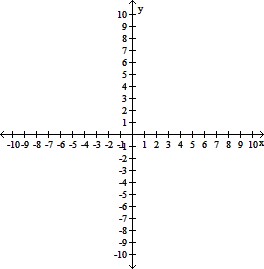
What will be an ideal response?
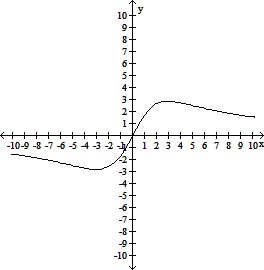
x- and y-intercept: (0, 0)
Asymptote: y = 0
Minimum: 
Maximum: 
Decreasing: x < -3, x > 3
Increasing: -3 < x < 3
Inflection points: (0, 0),  ,
, 
Concave down x < -3 , 0 < x < 3
, 0 < x < 3
Concave up -3 < x < 0, x > 3
< x < 0, x > 3
You might also like to view...
Provide an appropriate response.Find B to the nearest 0.1° if a = 235 ft and b = 767 ft. 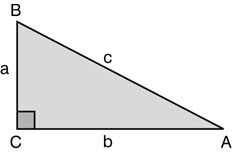
A. 73.0° B. 17.8° C. 72.2° D. 17.0°
Solve the problem.Find the image of the given figure under the translation that takes P to P'.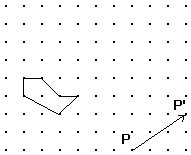
A. 
B. 
C. 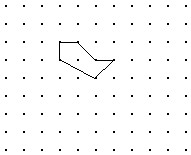
D. 
Solve the problem.A bank teller has 47 $10 and $5 bills in her cash drawer. The value of the bills is $290. How many $10 bills are there?
A. 34 $10 bills B. 36 $10 bills C. 13 $10 bills D. 11 $10 bills
Use Cramer's rule to solve the system. If D = 0, use another method to complete the solution.2x + 4y + 10z = 69x + 2y + 5z = -23x + y + z = -3
A. {(-3, -1, -4)} B. {(-1, -4, -3)} C. {(-3, -4, -1)} D. ?